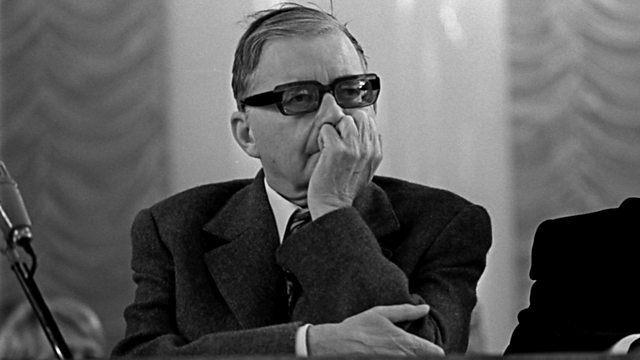What 1,500 orchestral musicians think of the Tár myth
OrchestrasAn essay by a Sheffield University academic Cayenna Ponchione-Bailey on the truthfulness of the Cate Blanchett film draws on a little-known survey of 1,500 musicians, assessing their attitudes to conductors.
Unfortunaltely it’s a $60 OUP book, generally inaccessible.
Cayenna’s conclusion is that musicians ‘must make split-second decisions about what’s best for every note, drawing on their extensive musical experience while navigating the decisions of the musicians around them. They’re also often battling acoustic situations as they can only hear part of what the orchestra is doing from their seat. The conductor’s usefulness in this is extremely variable and partial.‘
Read her essay here.






Comments